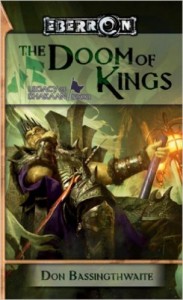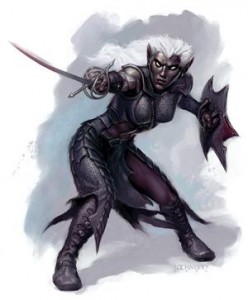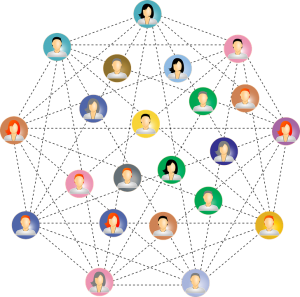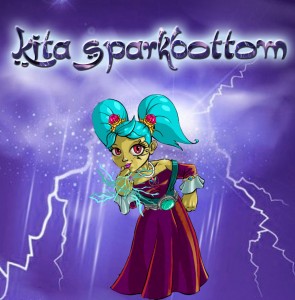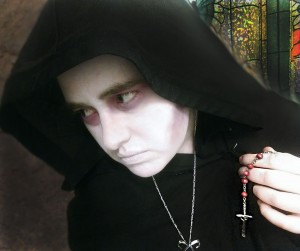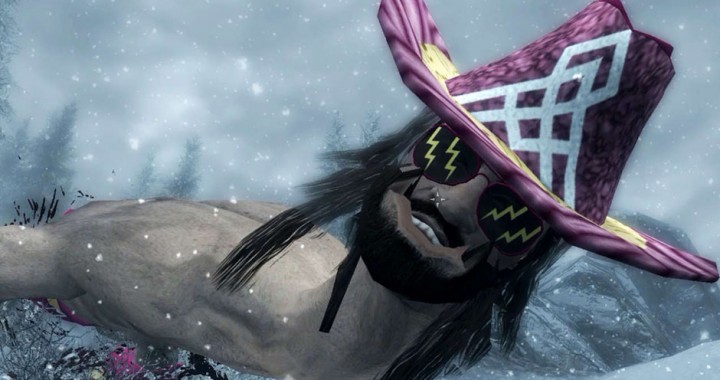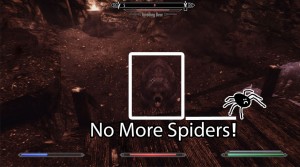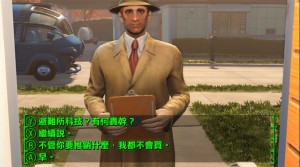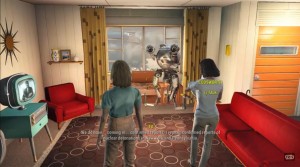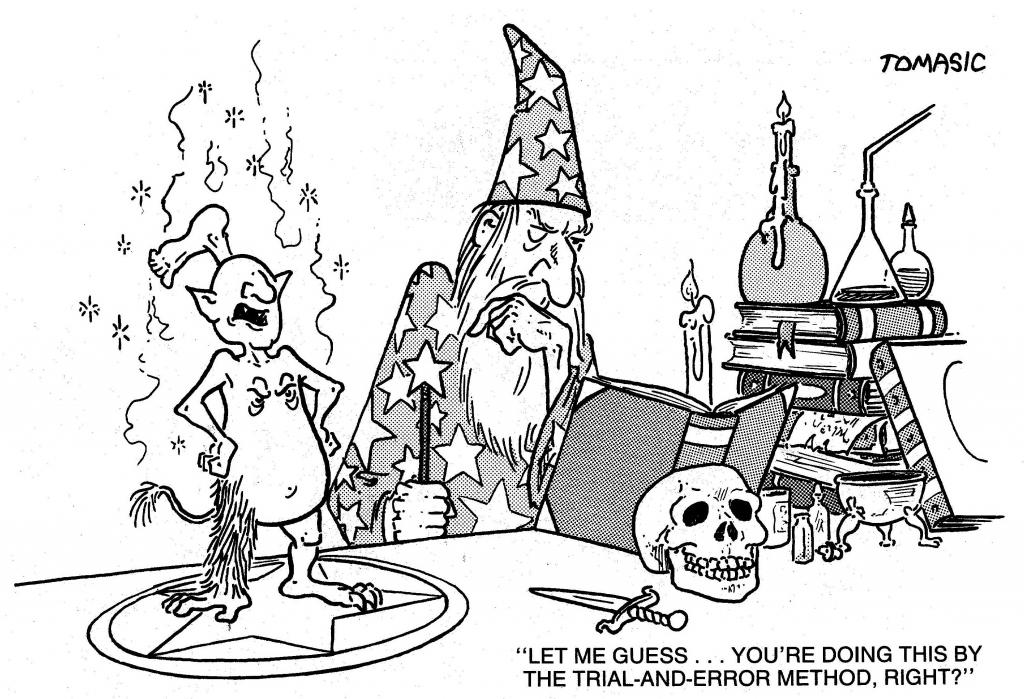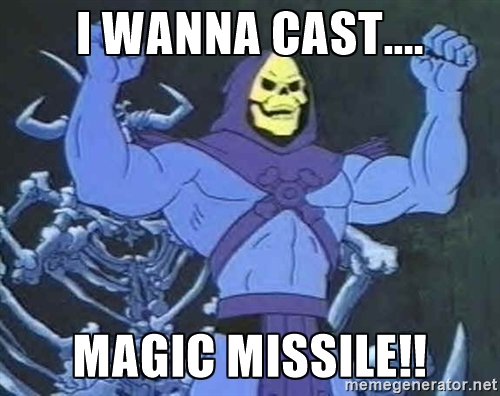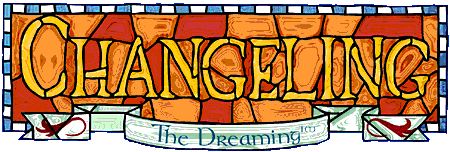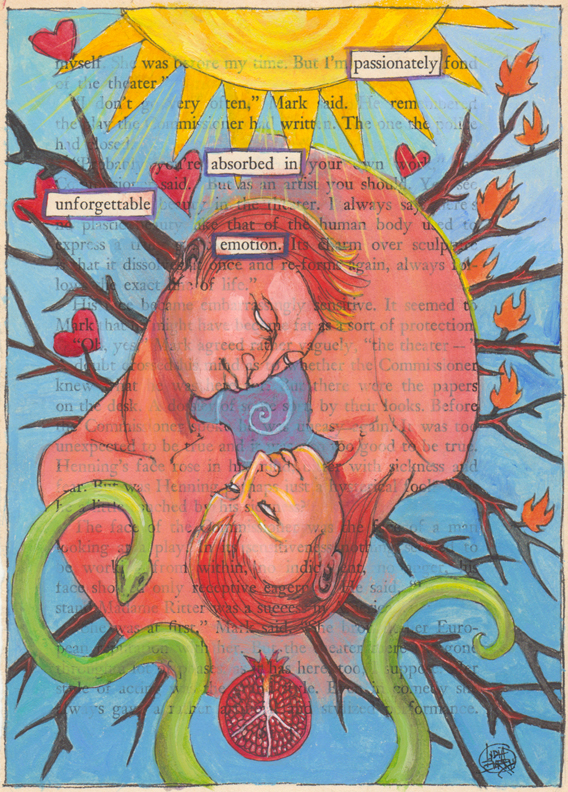This post is probably going to be a bit of a ramble. Over the last few months I’ve read, and re-read, Harlem Unbound a few times to give it a good review. I have met and respect Chris Spivey, the creator of Harlem Unbound, and I have wanted to do my part in helping him succeed. While I’ve been contemplating how exactly I would gush about that wonderful RPG supplement, I’ve been reading Ibram X. Kendi’s work, Stamped from the Beginning: The Definitive History of Racist Ideas in America. And honestly, it was my desire to finish that book that has held me off from reviewing Harlem Unbound. To be clear, I’m still working through it, but I came to the conclusion that I basically knew what I wanted to say on the topic.
The Deep Ones
Racism is a chthonic horror. The roots of racism (as Kendi tracks them) extend as far back as the Ancient Greeks. Now, the prejudices of the Greeks to their own cultural perfection is not peculiar to their culture. Most human cultures have had some view of their own greatness in the sea of other peoples that call this planet home. However, it was the confluence of the Greek idea of climate theory on intelligence (and humanness), the trans-Atlantic slave trade, the concepts of Limpieza de Sangre (purity of the blood) that the Spanish developed in the wake of the Reconquista, and the Puritan belief that they were granted the American continent by God that gave us the foundation for the racism that our country still faces on a daily basis. Kendi discusses the twisting, blending, and disagreements of three major concepts, assimilation, segregation, and anti-racism in the context of all of these foundational elements.

The focus on Greek and Latin texts as essential to the learned English (and European) mind helped reinforce climate theory in the mind of Europeans and colonial Euro-Americans. This theory boils down to the idea that some climates in the world produce a naturally superior people, and anyone outside of that climate band will be inferior in one form or another. This idea, as well as the theories of polygenesis or monogenesis (whether or not humans derive from a common ancestor or evolved/were created as separate beings) are at the core of Kendi’s discussion on racism in America. They, in many ways, are also at the core of the Lovecraftian Mythos.
Think about what this can represent in a Mythos influenced RPG setting. The idea that old, ancient even, ideas can re-surface and begin to infiltrate and corrupt people’s minds is essentially Lovecraftian. Of course, Lovecraft is a product of the centuries of reinforced racism that America had experienced up until his lifetime. He was terrified of other human beings that were unlike him. He was a believer in eugenics (a racist view of breeding to achieve human ‘perfection’) and viewed through the context of his overwhelming racism his weird fiction takes on a malaise that inhibits many from wanting to engage with his world. In our game worlds, oftentimes the Other has become the ever present enemy, and the enemy that it is always acceptable to kill.
Racism is a reflection of the dark gods that sleep but never die. Once it was crafted out of the ephemera of hate and harm, it has become a creature alive like any other gnawing at the heart of the human soul.

What Does Harlem Have to Say?
Harlem Unbound is set during the heart of the Harlem Renaissance. The Mythos percolates behind this time of great hope, and great despair for African-Americans. The hope for emancipation had been crushed under Jim Crow for nearly 40 years by this point, and Black America was still faced with racism both overt and covert throughout the United States. The Great War had passed, and with it a glimmer of equality and respect had begun to shine, but was quickly crushed by White politicians, leaders, and even African-American leaders who had absorbed the racist ideas around them. I will not say anything negative about W.E.B. DuBois myself here, but I recommend reading the chapter on Mr. DuBois in Professor Kendi’s book. It is enlightening.
This is the world in which characters are thrust. They are present in the most economically advantaged location in the United States for African-Americans at that point in history. They are also surrounded by the horror of a world that seeks at every turn to denigrate and dehumanize those same people. This is an exemplary location to reflect on the chthonic similarities between racism and creatures that make the Mythos their home. What does it mean to be Black in America in the 1920s? What does it mean to be stalked by creatures that harbor hostility to all of mankind? Does this bring people together? Does it become a situation where White residents of New York blame their Black neighbors for the deaths caused by such creatures? How do we reflect on the realities of African-American deaths today in our modern world by looking through the lens of a historical horror role-playing game? Do we learn to value life more? Do we begin to see the ever creeping and still constantly present and pressing elements of segregation, assimilation, and do we strive to find ways to be anti-racist in facing the menace of ‘that which shall not be named?’
Can I run this?
Anyone with the mechanical capacity to understand the way the rules work for this supplement can run this game. That doesn’t mean you should. Spivey doesn’t discount the ability of anyone to run and use his supplement. Quite the opposite. He provides the suggestions and tools for anyone to pick up this game and tell a compelling and terrifying tale. He cautions against doing things that reinforce racism as a storyteller, and instead provides a series of suggestions and advice that allow you the game runner to see how you can work to be anti-racist through the lens of this text. So you can. You have the tools, but it doesn’t answer the real question you should consider.
The color scheme of the book is red and black, and the art screams. From a visual standpoint you’re going to want to run this. There wasn’t another good place to put this statement in this article, but I wanted to be clear that the themes of the book are only heightened by the color scheme at play here.
Should I run this?
I’ve got to be honest, this is the real question here. Should you? Are you prepared to consider the implications of racism and its impact on the day to day horrors of a people? That question underpins this game. Harlem Unbound provides a framework for you to run horror stories. You can run them face value in Harlem without really delving into the background that Kendi provides in Stamped from the Beginning. But I have to ask you, why? Are you reinforcing tropes about Black people by doing so without trying to at least acknowledge the reality of our country’s history? Running this supplement offers you a moment to start chipping away at your own mind, to see where segregation and assimilation run counter to the goals of anti-racism. This is a chance to explore where your Great Old Ones live in your own mind, and then to destroy them. That choice is yours.
I wouldn’t want to run this game without any people of color at my table. Heck, I probably wouldn’t be the best person to run this full-stop, but I’d play. I’d challenge my brain. I’d chip away at the systemic racism I’ve been fed my entire life. I’d face the darkness. If that ends up with me screaming on the floor, having seen a horror that cannot be unseen, well… that’s a danger I’ll have to deal with when I get there. We have to be able to face those faceless horrors. If we cannot bring ourselves to do so, we will continue to perpetuate a system that harms us all.
Written and Developed by Chris Spivey
10/10


 “
“


